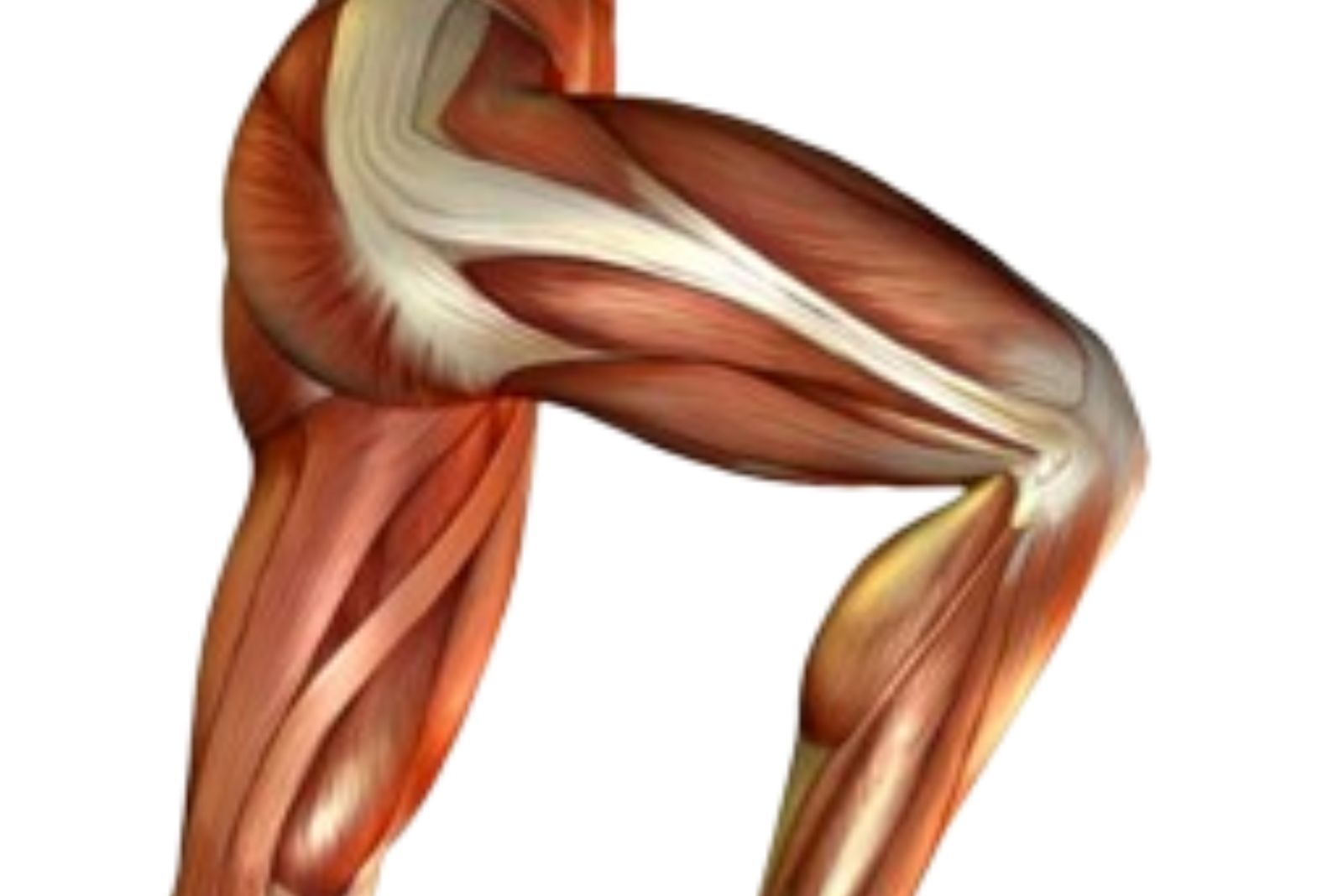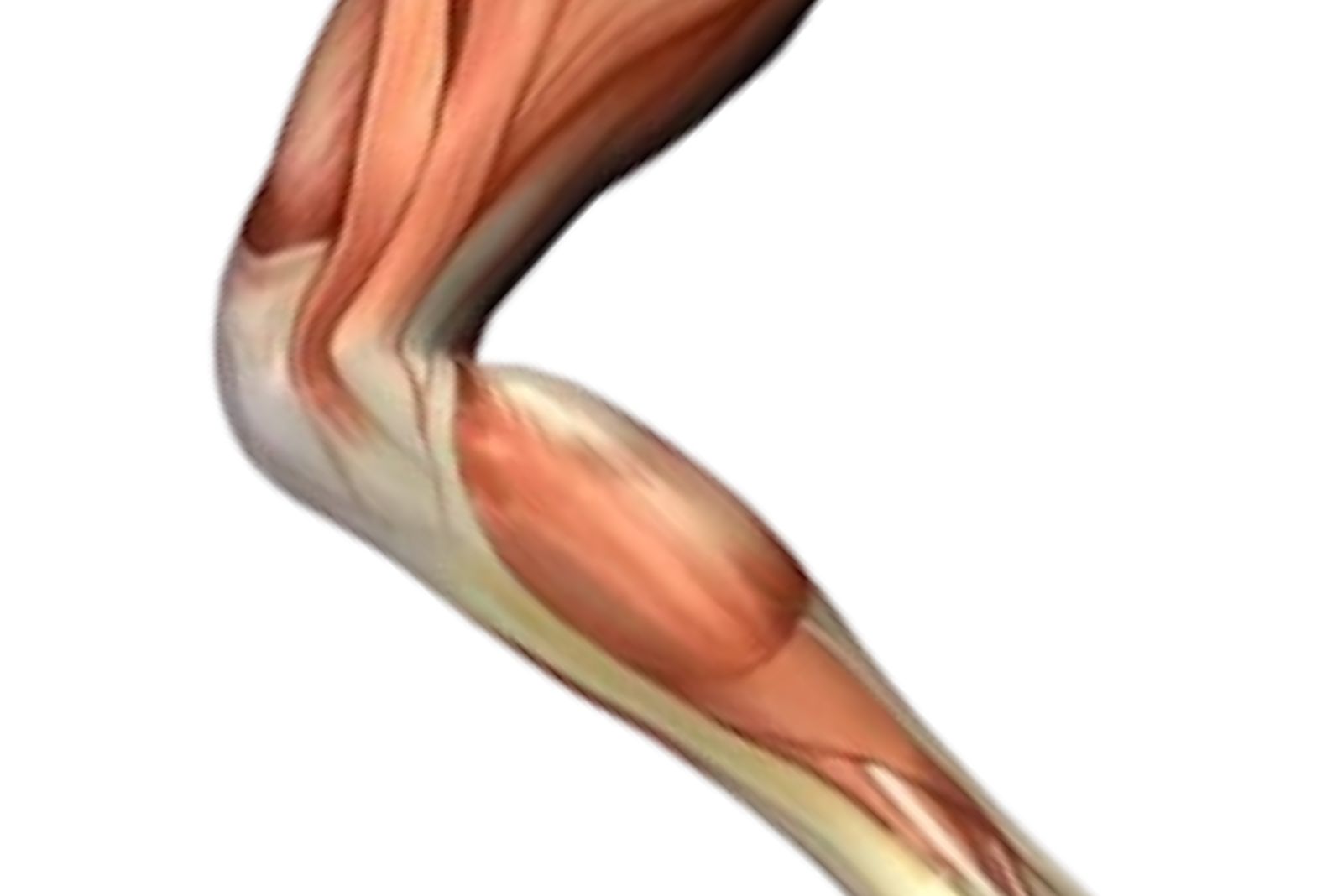Table of Contents
- Introduction
- Understanding the Mechanics of Cycling
- Building Muscular Endurance
- Enhancing Leg Strength
- Sculpting Well-Defined Thighs and Calves
- Promoting Joint Health and Flexibility
- Weight Management through Cycling
- Addressing Common Concerns and Precautions
- Tailoring Your Cycling Routine for Leg Strength
- Tracking Progress and Setting Goals
- Conclusion
- Additional Resources and Further Reading
Introduction
Imagine standing before a mirror, admiring powerful, well-defined legs that exude strength and vitality. These are the legs of someone who has harnessed the incredible benefits of cycling.
Thesis Statement: Cycling is not just a leisurely pastime; it is a highly effective exercise that offers a myriad of benefits for leg strength and overall fitness.
Understanding the Mechanics of Cycling
Cycling involves a rhythmic motion that engages various muscle groups. The legs play a pivotal role in driving the pedals, working in tandem with other muscles for a seamless movement.
Muscles Engaged During Cycling
- Quadriceps: These muscles, located at the front of your thighs, are heavily involved in extending your knees, essential for generating power in each pedal stroke.
- Hamstrings: Situated at the back of your thighs, they complement the action of the quadriceps, aiding in the bending of your knees.
- Calves: The calf muscles, found on the back of your lower legs, contribute to the downward movement of the pedal.
- Glutes: Though often underestimated, the glutes are crucial for stabilizing your pelvis and providing additional power.
Building Muscular Endurance
Muscular endurance refers to the ability of a muscle or group of muscles to sustain repeated contractions over an extended period. Cycling is an excellent way to enhance this aspect of your leg strength.
How Cycling Promotes Endurance in Leg Muscles
Through consistent cycling, your muscles adapt to the sustained effort required, leading to improved endurance. This is particularly evident in longer rides where your legs steadily propel you forward mile after mile.
Real-Life Examples and Success Stories
Many individuals have transformed their leg strength through dedicated cycling routines. From cyclists conquering challenging terrains to commuters noticing increased stamina, the benefits of muscular endurance are tangible and inspiring.
Enhancing Leg Strength
Leg strength forms the foundation for various physical activities. Understanding how cycling contributes to this strength is crucial for optimizing your fitness routine.
Cycling as a Resistance-Based Exercise for Legs
Contrary to popular belief, cycling is not just about cardiovascular fitness. It can also serve as a resistance-based exercise, especially when navigating uphill or using higher resistance settings.
Comparisons with Other Leg-Strengthening Exercises
While exercises like squats and lunges target leg muscles, cycling provides a unique and dynamic way to build strength. It engages a broader range of muscles while offering a low-impact alternative.
Sculpting Well-Defined Thighs and Calves
Focusing on specific muscle groups can help you achieve well-defined and sculpted legs. Cycling, with its adaptable intensity levels, can be tailored to target your thighs and calves effectively.
Incorporating Interval Training for Optimal Results
Integrating intervals of high-intensity cycling with periods of active recovery challenges and shapes your leg muscles, leading to more pronounced definition.
Visual Representations of Toned Legs through Cycling
Witnessing the transformation of your legs over time is a powerful motivator. Progress photos can serve as a visual testament to the effectiveness of cycling in sculpting your lower body.
Promoting Joint Health and Flexibility
Cycling stands out as a low-impact exercise, benefiting not only muscular strength but also joint health and flexibility.
Low-Impact Nature of Cycling on Joints
Unlike high-impact exercises like running, cycling places minimal stress on your joints. This makes it an ideal choice for individuals looking to strengthen their legs without risking joint strain.
Preventing Joint-Related Issues through Regular Cycling
Consistent cycling helps lubricate the joints, reducing the risk of conditions like arthritis. It also improves the range of motion, enhancing overall joint health.
Stretching Exercises to Complement Cycling
Incorporating a stretching routine alongside cycling further enhances flexibility. Focus on exercises that target the legs, ensuring a balanced approach to your fitness regimen.
Weight Management through Cycling
Cycling isn’t just about building strength; it’s also a potent tool for managing weight and achieving overall fitness.
Exploring the Calorie-Burning Potential of Cycling
A sustained cycling session can burn a significant number of calories. Coupled with a balanced diet, this can lead to effective weight management.
How Cycling Contributes to a Balanced Fitness Routine
Incorporating cycling into your fitness routine ensures a well-rounded approach. It complements strength training and flexibility exercises, contributing to a comprehensive fitness regimen.
Addressing Common Concerns and Precautions
To fully reap the benefits of cycling for leg strength, it’s essential to address common concerns and take necessary precautions.
Proper Bike Setup and Posture for Avoiding Strain
Ensuring your bike is properly adjusted to your body proportions can prevent unnecessary strain on your legs and joints. Additionally, maintaining correct posture while cycling is vital for maximizing the effectiveness of the exercise.
Overcoming Common Challenges (e.g., Knee Pain)
Knee pain is a common concern for cyclists. Understanding the root causes and implementing corrective measures, such as adjusting your saddle height and cadence, can help alleviate discomfort and prevent future issues.
Safety Tips for Cyclists of All Levels
Safety should always be a top priority. Wearing appropriate protective gear, obeying traffic rules, and choosing safe cycling routes are essential practices for cyclists of all levels.

Tailoring Your Cycling Routine for Leg Strength
Customizing your cycling workouts allows you to specifically target leg strength while accommodating varying fitness levels.
Customizing Workouts for Varying Fitness Levels
Whether you’re a beginner or an experienced cyclist, tailoring your workouts to match your current fitness level ensures steady progress without overexertion.
Integrating Hills and Resistance Training
Incorporating uphill rides or adjusting resistance levels on stationary bikes provides an extra challenge for your leg muscles, leading to enhanced strength and definition.
Balancing Cycling with Complementary Exercises
While cycling is a powerful leg-strengthening exercise, integrating complementary exercises like core workouts and upper body strength training fosters overall balance and stability.
Tracking Progress and Setting Goals
Monitoring your progress is a crucial aspect of any fitness journey. Cycling offers several metrics to gauge improvement.
Utilizing Metrics (Distance, Speed, Time) for Improvement
Tracking variables like distance covered, average speed, and ride duration allows you to set benchmarks and measure your advancements in leg strength.
Establishing SMART Goals for Leg Strength and Overall Fitness
Setting Specific, Measurable, Achievable, Relevant, and Time-bound (SMART) goals provides a clear roadmap for your cycling regimen. This approach ensures steady progression and keeps you motivated.
Conclusion
In the pursuit of stronger, more defined legs, cycling emerges as a versatile and effective exercise. Its impact on muscular endurance, strength, and overall fitness is unparalleled. Embrace the journey, and witness the transformation in both your legs and your overall well-being.





